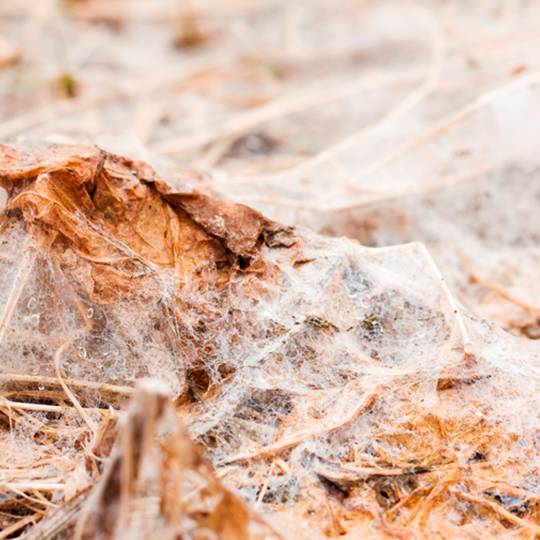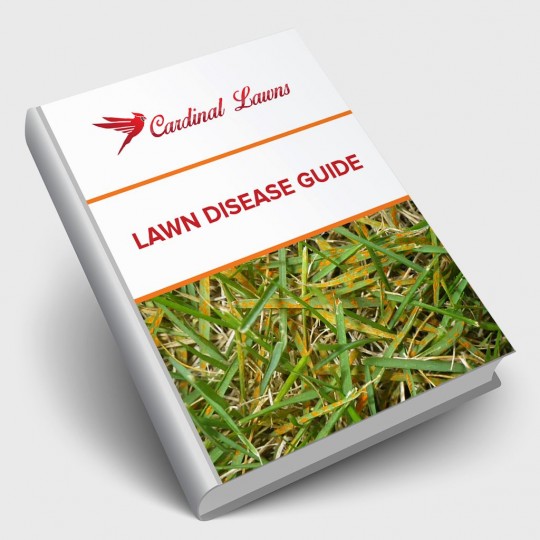Preventing and Remedying Snow Mold
Posted
December 22, 2016

What is Snow Mold?
Snow mold is a fungal disease that occurs in lawns blanketed in snow for too long (hence the name). The disease is usually revealed because of melting snow, so it is most prevalent in the early spring. If left untreated, snow mold can spread and cause damage to your lawn, resulting in circular brown patches of matted grass. When wet, a mycelium forms on the grass blades, forming pink or white-gray cobweb-like stands. Read on to learn how to prevent and remedy snow mold.
Prevention
Snow mold occurs when the ground is covered by a thick layer of snow that prevents the ground from freezing. As the snow melts, it creates the perfect environment for a fungal disease to form. Here are some preventative tips for stopping it before it starts:
- Mow your lawn into the fall until it reaches its winter dormancy.
- Make sure to cut your grass extra short during the last mow of the season to avoid the compaction of long grass during a snowfall.
- Reduce excess thatch by raking and mulching your leaves on a regular basis.
- Avoid letting snow piles sit for too long in shaded areas.
- Use a slow-release fertilizer that has low amounts of nitrogen.
- Apply a fungicide in late fall, before the first snowfall.
Remediation
Fungicides are known to temporarily damage grass blades, so they are usually not the best route to take when combating a snow mold outbreak. Instead, let nature take its course. As spring temperatures warm up and dry out your lawn, the chances are that your snow mold problem will go away on its own. Raking and reseeding in the affected areas can help expedite the process, though.
Contact Us!
Call Cardinal Lawns today at 614-808-4446 for a free consultation. We’re here to help you prevent and remedy this and all types of lawn diseases.

Download Your FREE Lawn Disease Guide
Even the most manicured landscapes are susceptible to lawn disease. Take some time to learn about identification and removal before one takes over your lawn. This handy guide teaches you how to spot common lawn diseases as well as how to properly treat them.